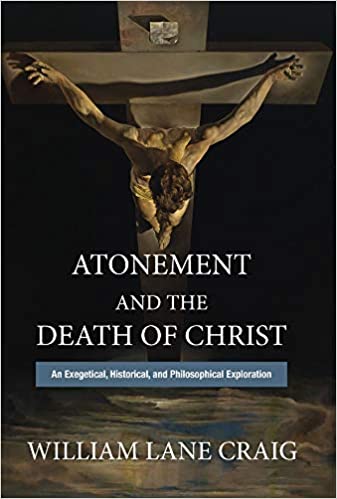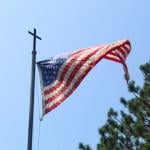Q. In Acts 13, Paul indicates that Christ’s death atones for sins that no OT sacrifice could cover, in particular one would think he is speaking about sins with a high hand e.g. premeditated murder etc. Yet, you suggest pp. 30-31 that the proper way to read the Yom Kippur rite was on that one day only, even sins with a high hand could be atoned for. If that’s true, what sins do you think Paul was referring to?
A. I assume that you’re referring to Acts 13.38-39: “Let it be known to you therefore, brethren, that through this man forgiveness of sins is proclaimed to you, and by him every one that believes is freed from everything from which you could not be freed by the law of Moses.” I had never taken that to be a reference to a particular kind of sin but rather to the inefficacy of the law of Moses to free people from any sin. I take it that Paul would have agreed with the author of Hebrews that “it is impossible that the blood of bulls and goats should take away sins” (Heb 10.4). So Paul says that God “in his divine forbearance had passed over former sins” (Rom 3.25) until such time as He put Christ forward as an atoning sacrifice. It would be exceeding strange to think that for Paul Christ died only for high-handed sins rather than for all sins. As noted, the Yom Kippur sacrifice sufficed provisionally for the full range of “iniquities, transgressions, and sins” until Christ should come to put them all decisively away by the sacrifice of himself.
Q. It would seem that John in John 1 who says ‘behold the lamb of God who takes away the sin…..’ is thinking of Christ as both like the Passover lamb and also, with the language of taking away, the scapegoat. But you on p. 32 say Christ is not imaged in the latter sense, and his death not viewed that way. Why not?
A. The Yom Kippur ritual involved two goats. The sins of the people were expiated by the goat offered as a blood sacrifice, while driving out the other symbolized the removal of sins from the people, just as the ritual for the cleansing of skin diseases like leprosy involved two birds, one offered in sacrifice for the cleansing of the impure person and the other released into the air symbolizing the person’s cleansing, so that he was able to re-enter the camp (Lev. 14.2-7). John the Baptist does not seem to be talking about the scapegoat but the Passover lamb, which raises my earlier question whether this ritual had taken on expiatory overtones, as intimated by Jub. 49.19-2; Josephus Antiquities 2.312.













